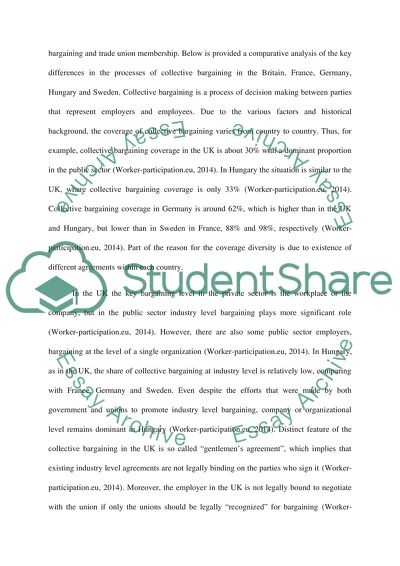Cite this document
(Comparative Industrial Relations - the UK, France, Germany, Sweden, Essay, n.d.)
Comparative Industrial Relations - the UK, France, Germany, Sweden, Essay. Retrieved from https://studentshare.org/social-science/1814114-comparative-industrial-relations
Comparative Industrial Relations - the UK, France, Germany, Sweden, Essay. Retrieved from https://studentshare.org/social-science/1814114-comparative-industrial-relations
(Comparative Industrial Relations - the UK, France, Germany, Sweden, Essay)
Comparative Industrial Relations - the UK, France, Germany, Sweden, Essay. https://studentshare.org/social-science/1814114-comparative-industrial-relations.
Comparative Industrial Relations - the UK, France, Germany, Sweden, Essay. https://studentshare.org/social-science/1814114-comparative-industrial-relations.
“Comparative Industrial Relations - the UK, France, Germany, Sweden, Essay”, n.d. https://studentshare.org/social-science/1814114-comparative-industrial-relations.


